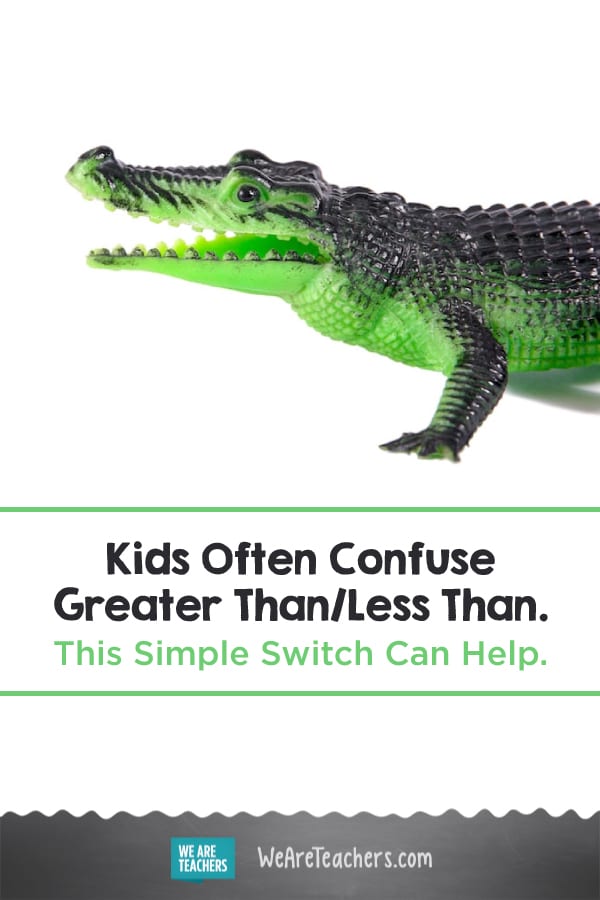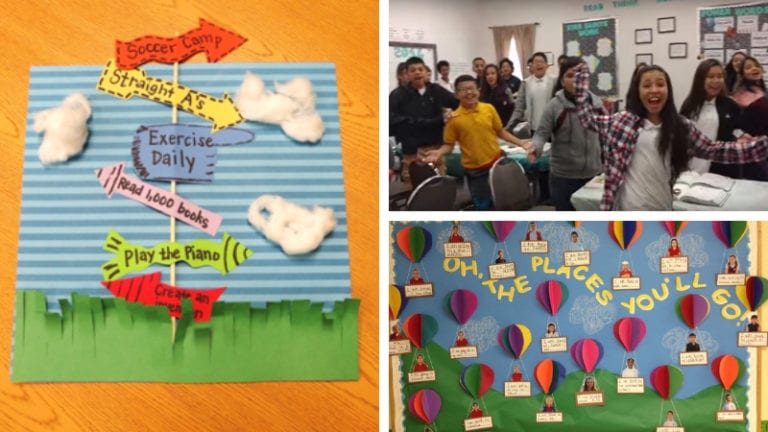We all recognize > and < as the “greater than” and “less than” symbols, but do your students know which is which?
I find that my students can use the correct symbol, but they can’t tell me the name of each symbol or read them as part of a number sentence, like 4 < 11. Often they will say something along the lines of, “The alligator mouth opens to eat the bigger number,” or “11 is greater than 4.” Both are true statements, but not accurate readings of 4 < 11.
Why teach students to be fluent with the greater than and less than symbols?
It’s time we take these symbols beyond the alligator mouth.
Starting in the early grades, we teach students to read other math symbols fluently, such as the five symbols that make up the equation 4 + 3 = 7, which we read as, “Four plus three equals seven.”
[contextly_auto_sidebar]
Yet, students are often not taught that the greater than and less than symbols have meaning and can be replaced with words when reading a number sentence. Instead they are only taught how they function, with the “alligator mouth” opening to the larger number.
Of course, this becomes a problem when kids have to graph inequalities in middle school or to reason what -2 < x > 4 might mean.
We have the opportunity to teach how the language of all math works. Taken with a pair of numbers, the greater than and less than symbols form “inequalities,” a fundamental way of explaining the relationship between two numbers.
Tips for teaching greater than/less than (without the alligator mouth)
This is actually a simple, and more fruitful, switch.
First, explicitly teach that the symbols have names. If they forget which is which, I like to point out that the less than symbol makes an L. Writing “<ess” on the board helps.
Second, students should read the whole inequality, naming numbers and symbols left to right, like they would read any sentence.
Then it is a matter of practice with reading the inequalities aloud, to teachers, classroom partners, and parents. How will they know if they are reading it correctly? The numbers should be in the correct order (unlike 4 < 11 read as “eleven is greater than four”), and the number sentence should make sense. “Four is greater than eleven” doesn’t make sense, and it is recognizing that error that gives greater than and less than its instructional power.
Do you agree that students often have trouble with these particular symbols? What tips do you have for teaching greater than/less than? Come and share in our WeAreTeachers HELPLINE group on Facebook.
Plus, how saying “times” when teaching multiplication confuses students, and what to say instead.


